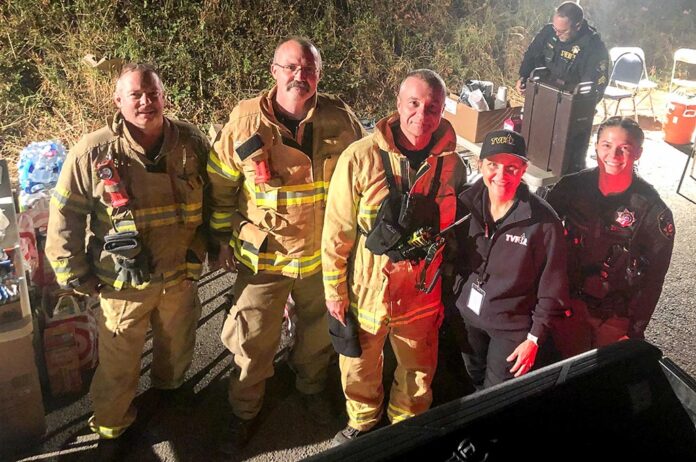Many Americans are injured or lose their lives in home fires each year. Taking some simple steps ahead of time can help prevent many of these tragedies.
FEMA Home Fire Prevention info can be found at ready.gov/home-fires
Fire Facts:
Fires are Fast
Within 30 seconds a small flame can turn into a major fire. In just minutes, your house can be filled with thick black smoke and engulfed in flames.
Fire is Hot
Depending on the materials in your home, room temperatures during a fire can be over 100 degrees at floor level and 600 degrees at eye level. This heat can scorch your lungs and melt clothing.
Fire is Dark
Flames are bright but fires quickly produce black smoke and full darkness – impeding your escape.
Fire is Deadly
Smoke and toxic gases are the biggest killer in fires. Asphyxiation is the leading cause of fire deaths, three times more than burns.
What to Do Before a Fire:
Create and Practice a Fire Escape Plan
Escape plans help you get out of your house quickly – but you need to practice them with your family.
- Find two ways out of each room
- Test windows to be sure they are not stuck or blocked.
- On second floor bedroom windows, consider buying fire escape ladders
- Practice feeling your way out of the house with your eyes closed
- Make sure your kids know NOT to hide from firefighters
Smoke Alarms
- Replace batteries twice per year – and test audible alarm function
- Install smoke alarms on every level of your home
- Replace smoke alarms every ten years – they do wear out
- Replace carbon monoxide detectors – check with the manufacturer for their lifetime
- Don’t disable alarms when cooking – it’s hard to remember to turn them back on
- Smoke alarms are available for people with hearing or other functional impairments
During a Fire
- Crawl low under smoke to exit
- Feel doorknob and door before leaving room. If it is too hot, use your second exit route
- If you can’t reach someone needing help, exit the home and let 911 and first responders where the person is located
- Tell firefighters if you have pets trapped inside
- Stop, drop and roll to put out any flames on your clothing. Smother flames with a towel or blanket
Month 12 Preparedness List
Things To Do
- Create a fire escape plan for your home and review with your entire family.
Items to Purchas
- Keep fire extinguishers handy in your kitchen and garage.






















